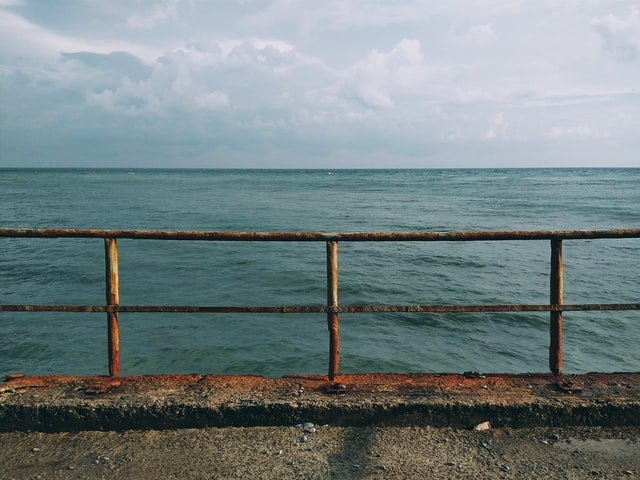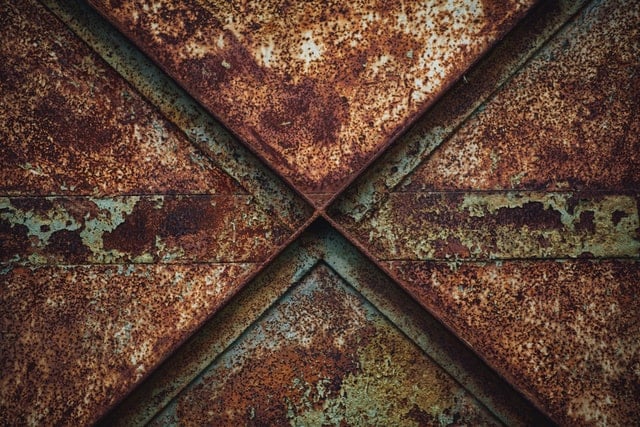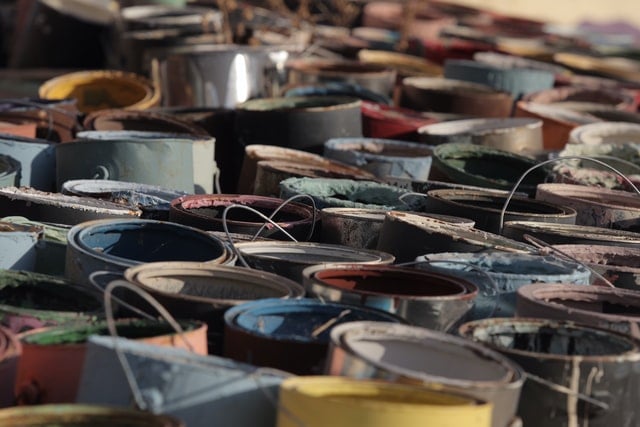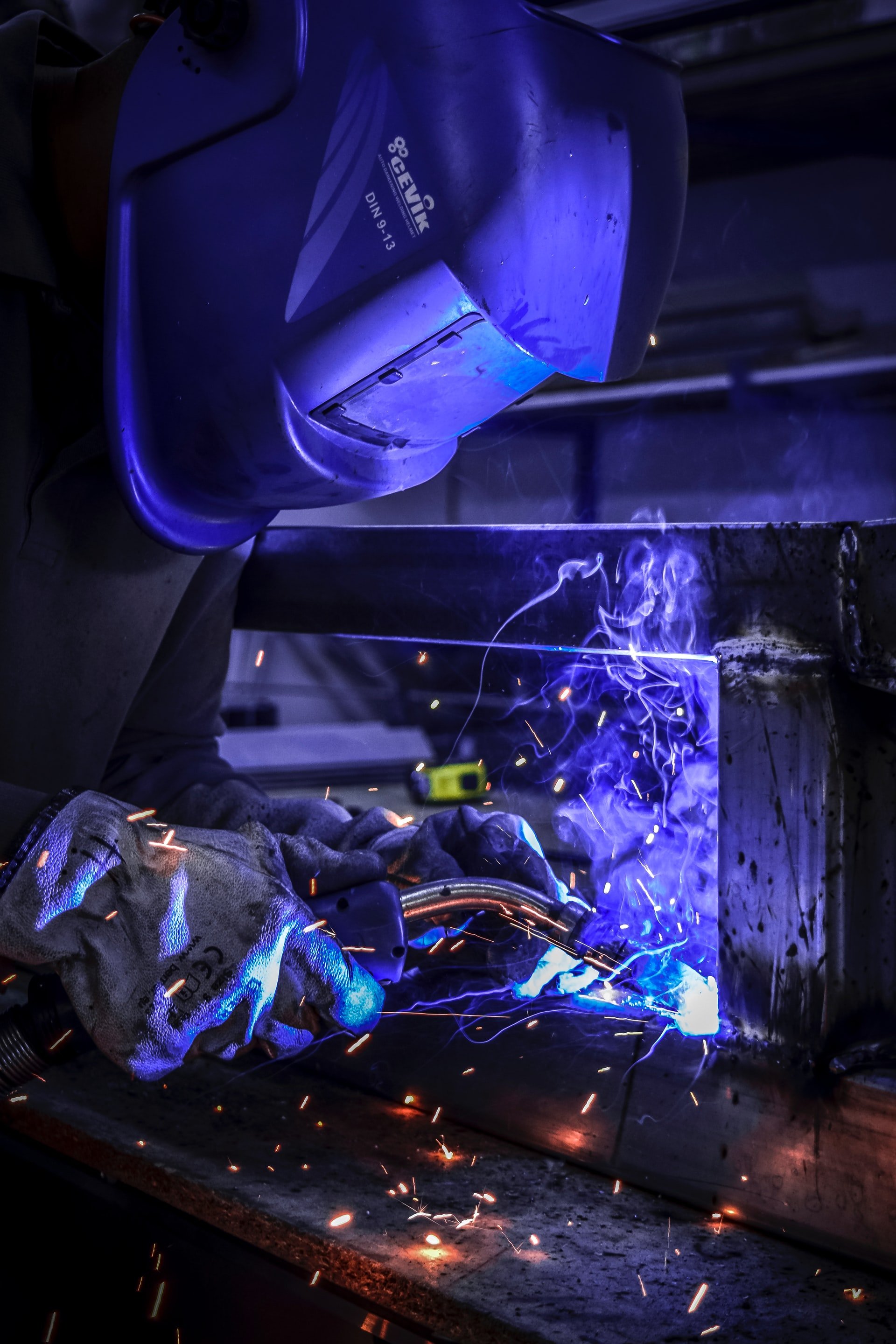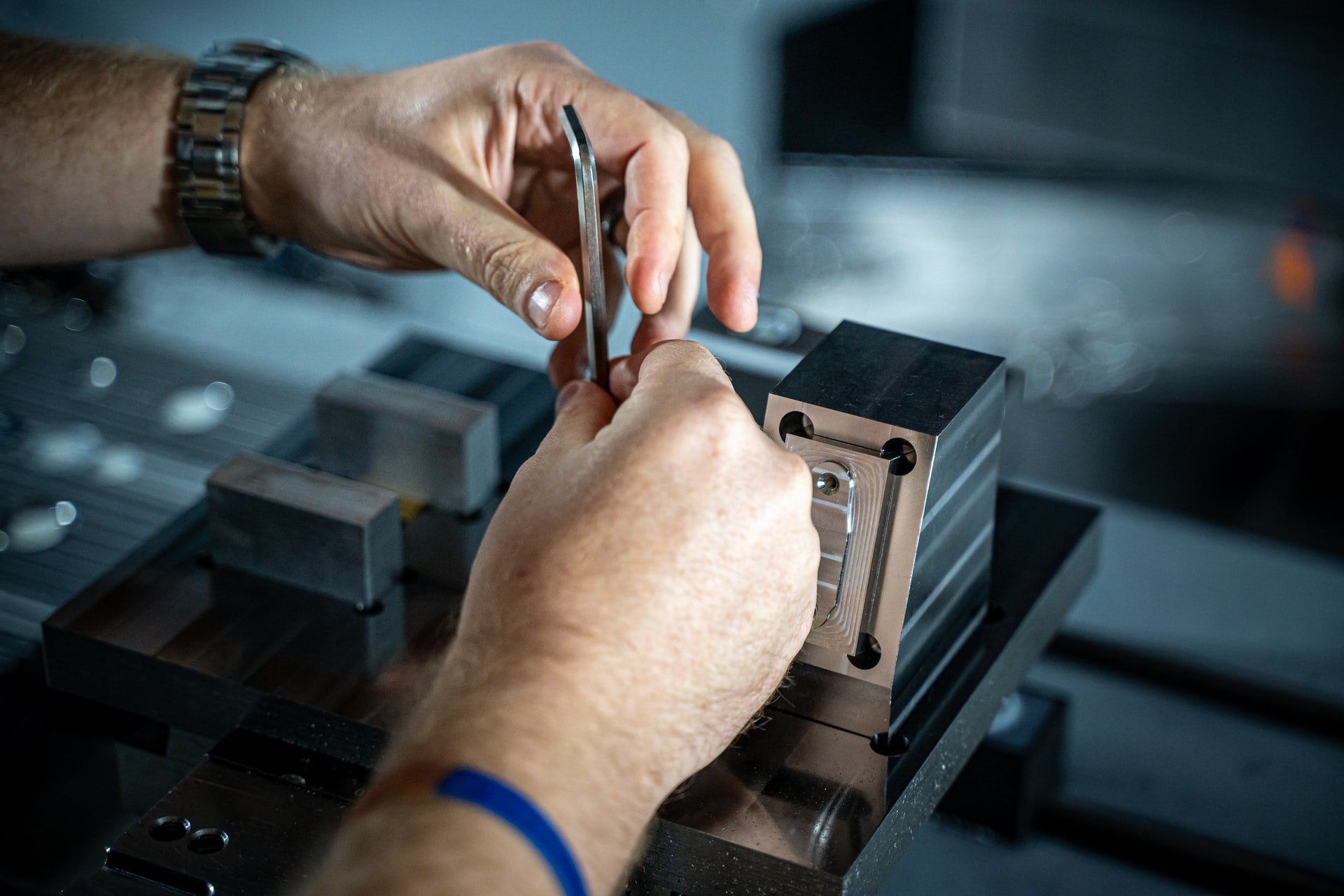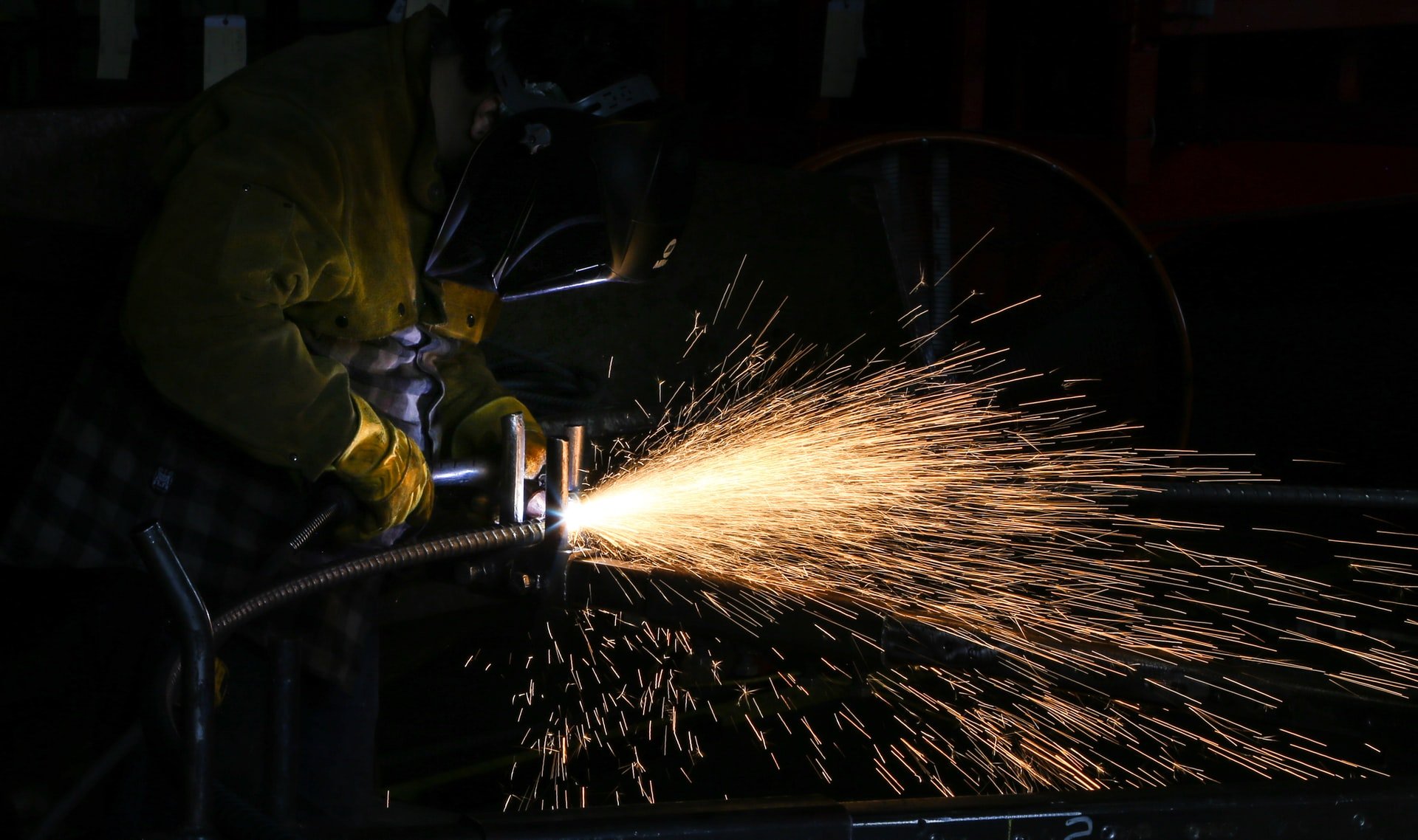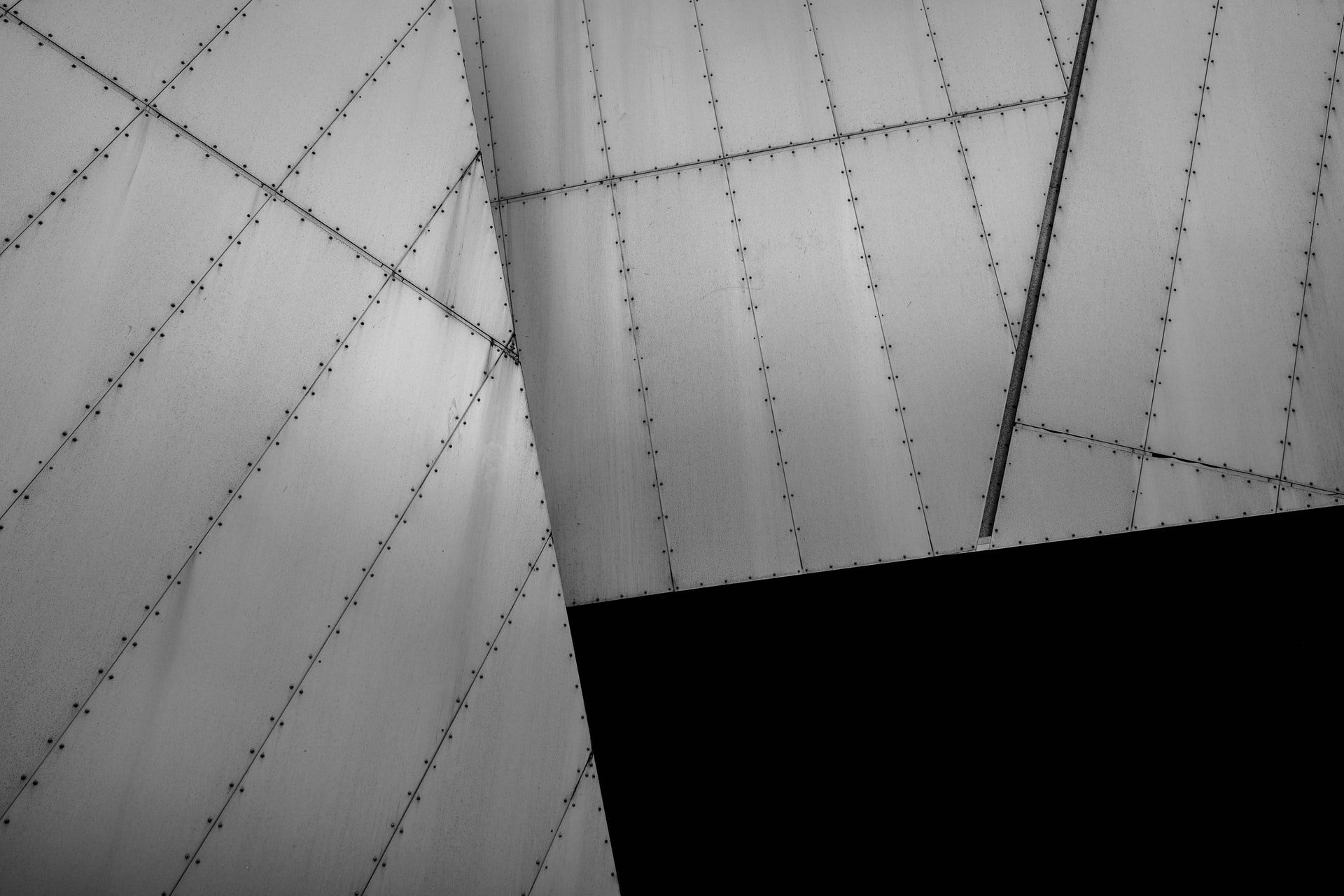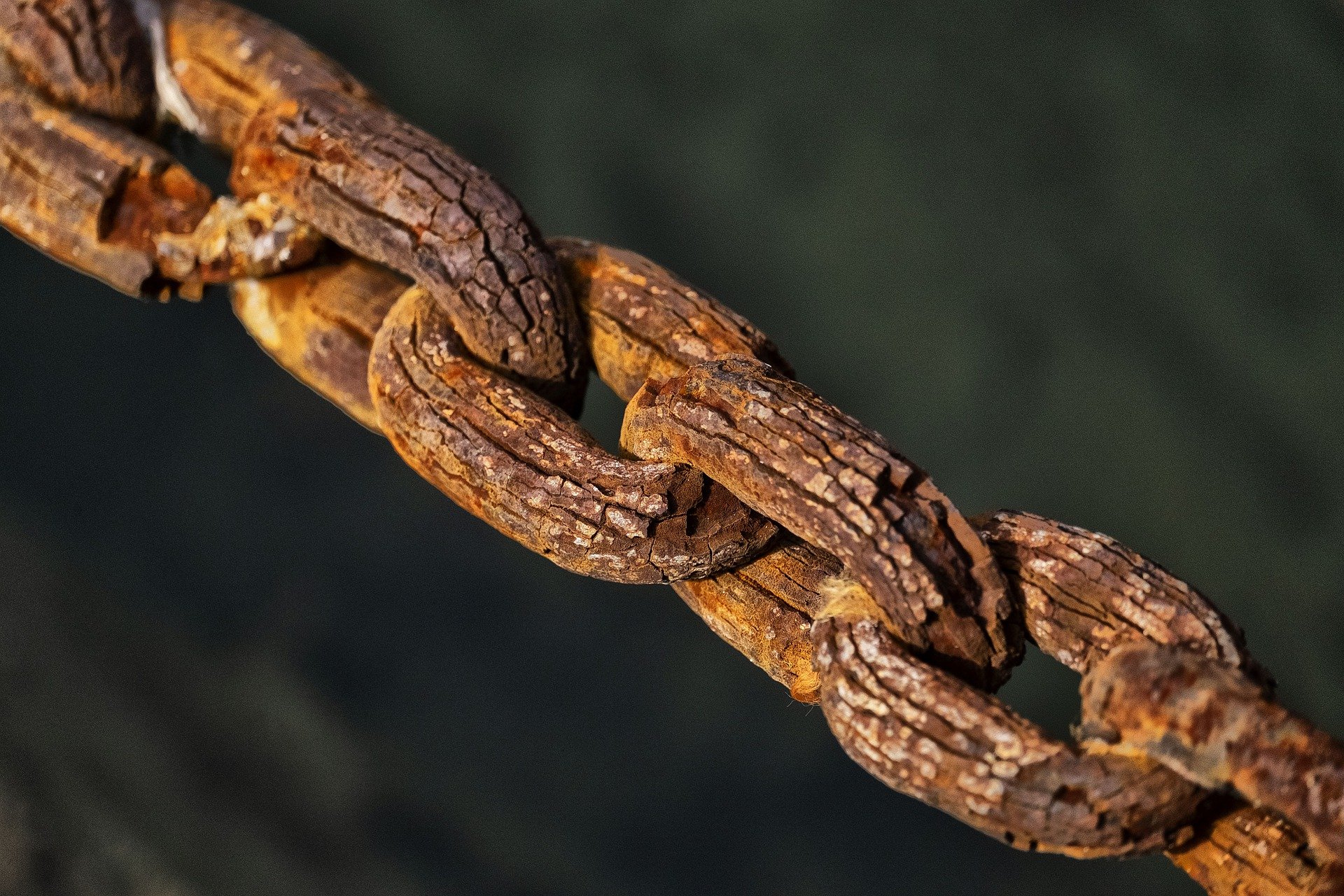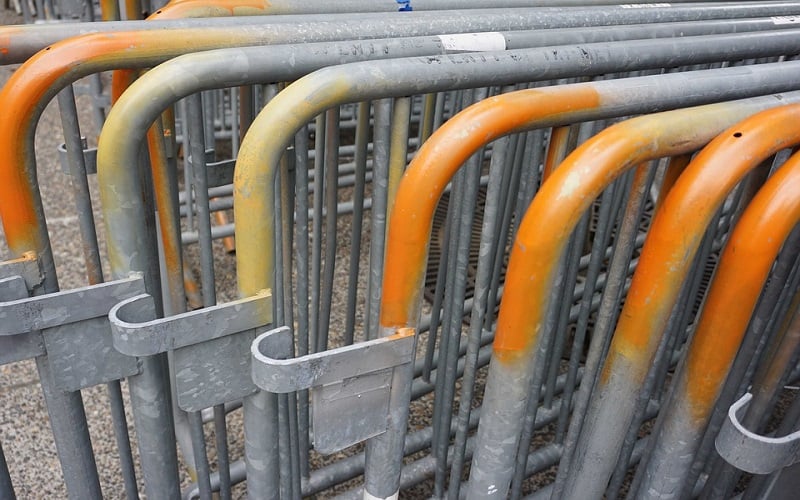
Whether to navigate traffic or provide security, steel barriers are a valuable addition to many public and commercial spaces. Their close cousin – the security gate – is equally important. When fabricating this type of installation, there are a few important dos and don’ts. Let’s take a look.
1) Design
Design is crucial when it comes to working with steel. This is important for viability, structural integrity, and for ensuring that the design makes the most economic use of the materials. This is enabled by using 3D CAD plans – a type of computer modelling - which enables designs to be thoroughly tested, tweaked, and finalised prior to fabrication.
2) Materials
Steel comes in many different varieties. An alloy of iron and carbon, subtle changes to the metallurgic composition can have profound effects on the resulting tensile strength, ductility, and hardness. This is one of the reasons why it helps to purchase steel from a reputable manufacturer that can offer quality guarantees. It also means that the steel can be designed to the precise formula that is required. For instance, carbon steel is incredibly hard, so is often preferable for barriers. However, its low ductility takes an expert to weld, which is why an experienced company can offer an advantage.
3) The Fabrication Process
Fabrication is a team effort that requires the combined knowledge of different experts. Fabrication typically involves measuring, straightening, cutting, bending, stamping, notching, welding, and assembly. Each project is slightly different. However, if the design phase has been carefully thought out, the fabrication of steel barriers tends to be a smooth journey.
4) Finishing
There are a wide variety of finishes that can be used on steel barriers. Some of these – such as powder coating – improve the appearance of the metal and play a protective role. Others, such as hot zinc spray treatment, are designed to reduce cost while increasing factors such as corrosion resistance. Although carbon atoms bond to iron within a steel alloy, there is still a risk of oxidisation, so it is sensible to add an extra layer of defence. In the past, galvanised steel has been the go-to option. Galvanised steel involves immersion in a hot zinc dip but is a more laborious and expensive process than hot zinc spraying.
What next?
At GLW Engineering, we are happy to discuss the pros and cons of different steel fabrication processes. These begin with your project requirements, so the best place to start is by getting in touch.
Image source: Pixabay






